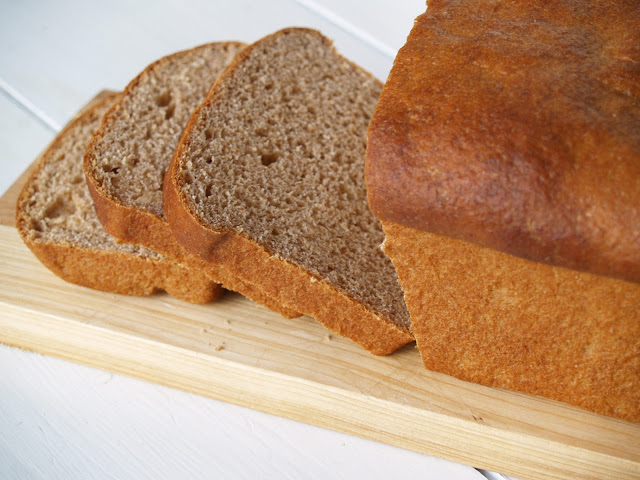Spring is finally here! This is such a fun time to explore NYC as Central Park and hidden community gardens come alive is a wash of color. I thought I'd share a few photos I took while walking my pooch around the city the other day. Look at all that color!
With all this amazing weather we've been having, I've been in the mood for light and refreshing salads with zingy vinaigrettes. The other day at the market I spotted a beautiful bunch of watercress and baby spring greens and decided to make this impromptu salad. The shrimp, chickpeas, and avocado are relatively mild, so a bright cilantro-lime vinaigrette brightens everything up and adds a pop of flavor.
This is a great weeknight meal as you can assemble everything relatively quickly. The shrimp saute in just a few minutes and all the other ingredients simply require chopping. If you're peeling the shrimp yourself, be sure to freeze the shells and tails, as they make for a delicious seafood stock.
SPRING SHRIMP & CHICKPEA SALAD
Ingredients:
For the dressing:
1 tbsp. freshly chopped cilantro
1/3 cup freshly squeezed lime juice (about 2 limes)
Zest from 1 lime
2 tsp. apple cider vinegar
1 clove garlic, minced
1/2 cup olive oil
Salt and pepper to taste
For the salad:
1 lb. shrimp, peeled, deveined, and patted dry with a paper towel
Salt and freshly ground black pepper
1 1/2 tbsp. olive oil
1 bunch watercress, leaves separated and washed
4 oz. mixed spring greens, washed
1 shallot, sliced
1 large avocado, diced into large pieces
1 (15 oz.) can chickpeas, drained and rinsed
3 oz. crumbled Cotija
2 dried red peppers, crumbled
To make the dressing:
To make the dressing, combine the cilantro, lime juice, lime zest, vinegar, and garlic in a glass jar (with a tight-fitting lid) large enough to hold the dressing. Pour in the olive oil, place the lid on the jar, and shake vigorously to mix the dressing. Add salt and pepper to taste and shake again to incorporate. Taste to adjust seasonings and refrigerate until ready to use.
To make the salad:
In a medium bowl, generously season the shrimp with salt and pepper. In a large saute pan, heat the olive oil over medium heat and add the shrimp (saute the shrimp in two batches to avoid over-crowding). Cook the shrimp for about 5 minutes, tossing occasionally. Remove the shrimp to a plate and cover with aluminum foil to keep warm.
In a large bowl, combine the watercress, mixed greens, sliced shallot, avocado and chickpeas. Give the dressing a good shake and pour (to taste) over the salad. Gently toss to incorporate. Garnish with crumbled Cotija and the dried red peppers. Taste to adjust seasonings and serve immediately.
Yield: 4 servings















































